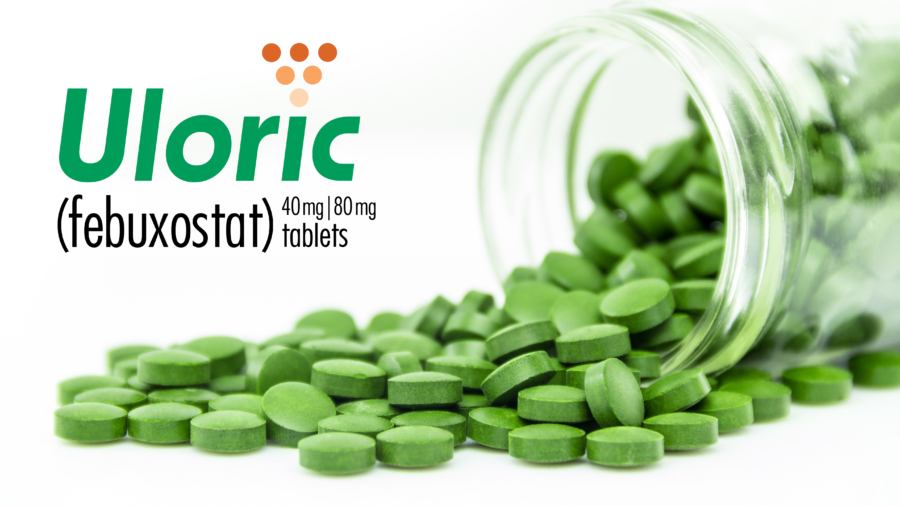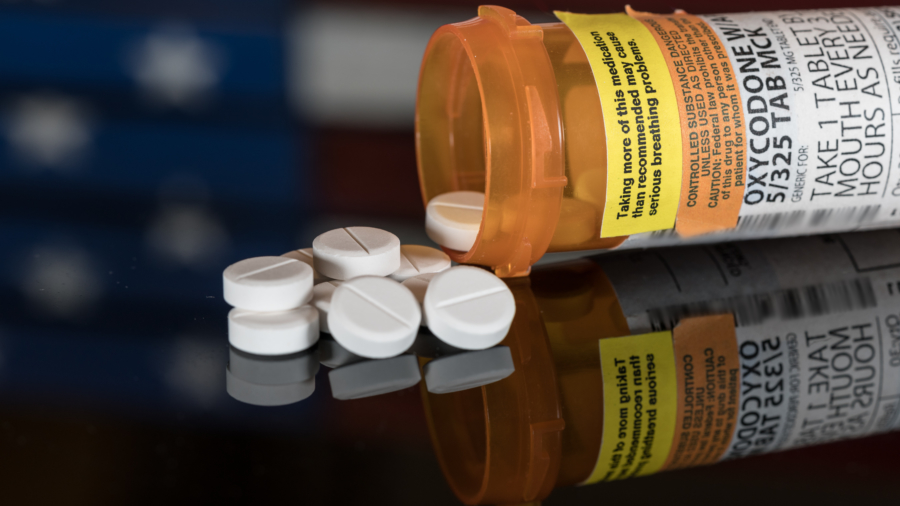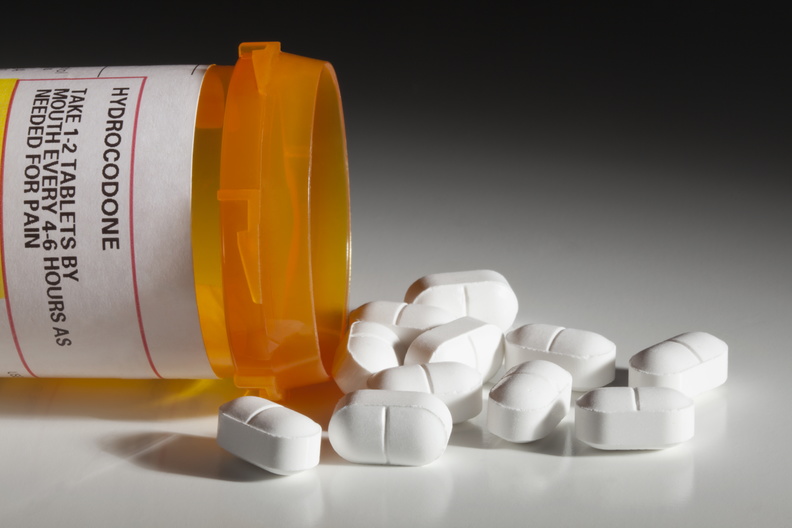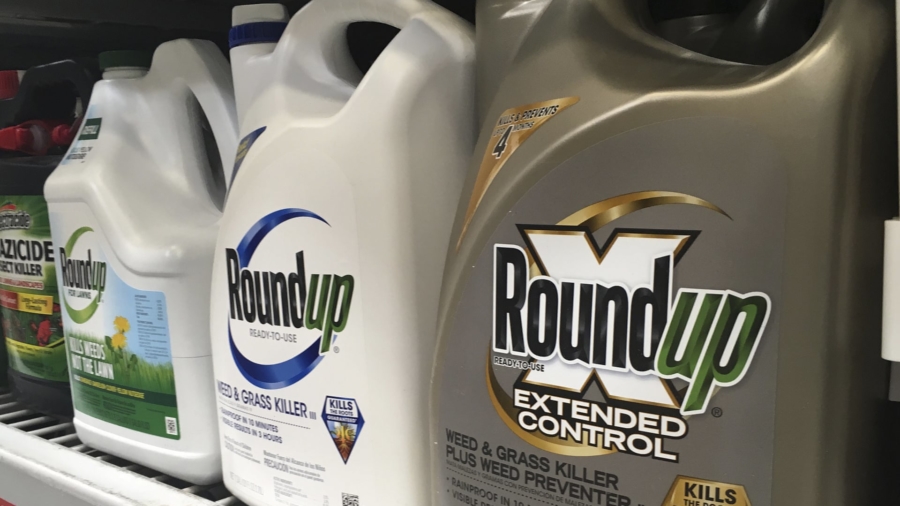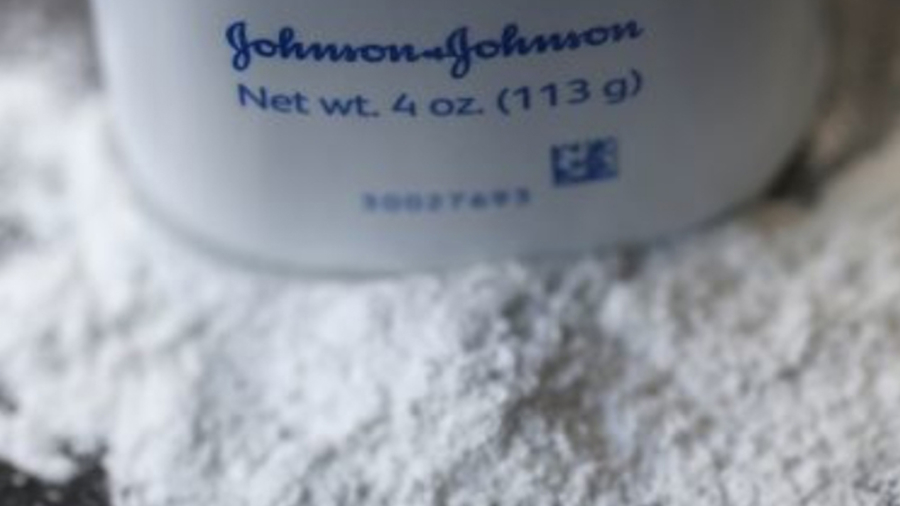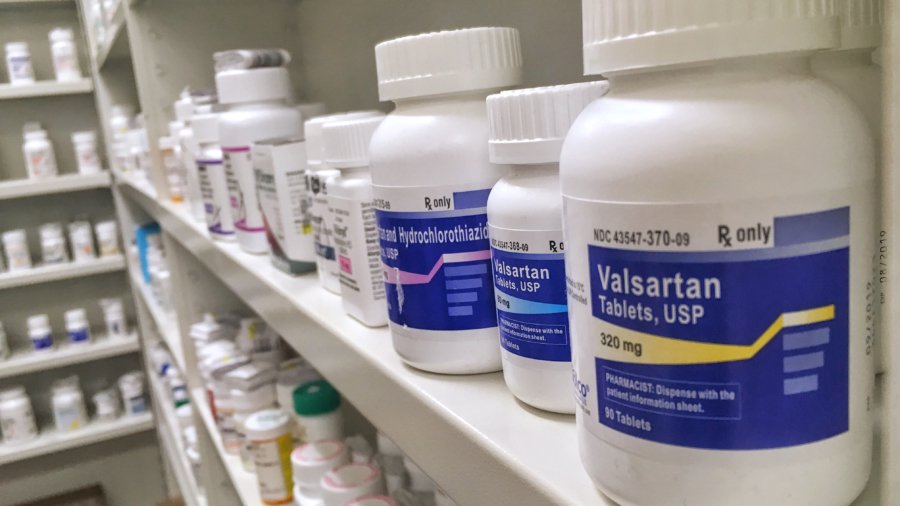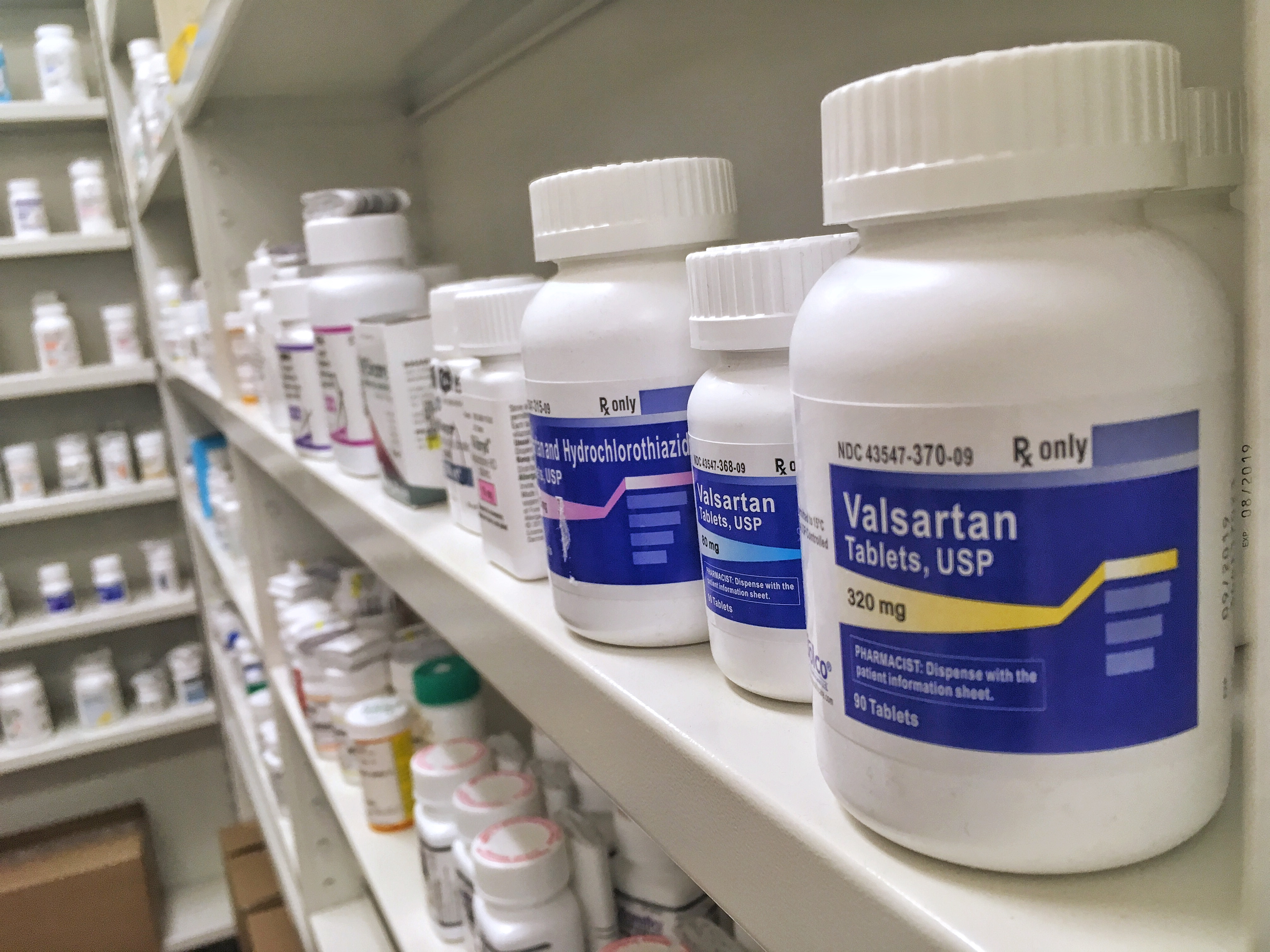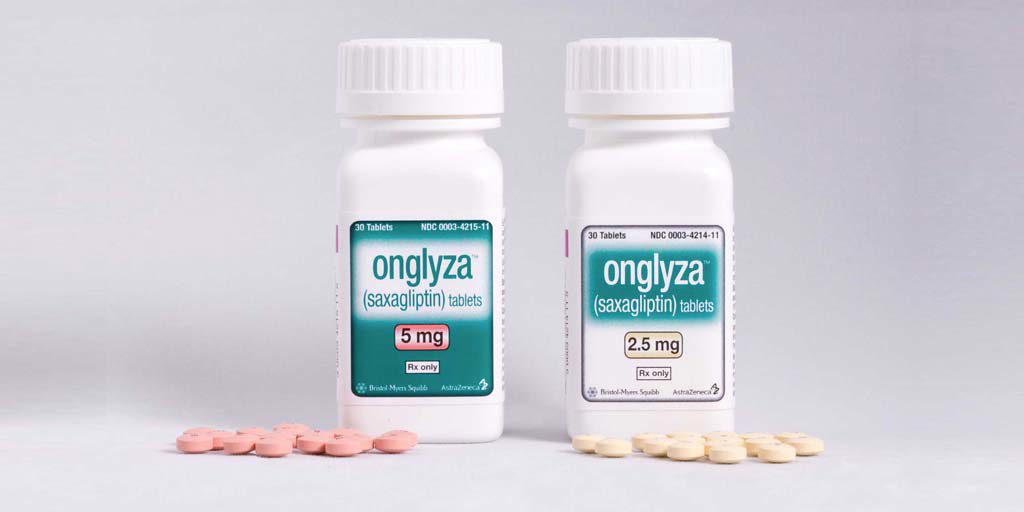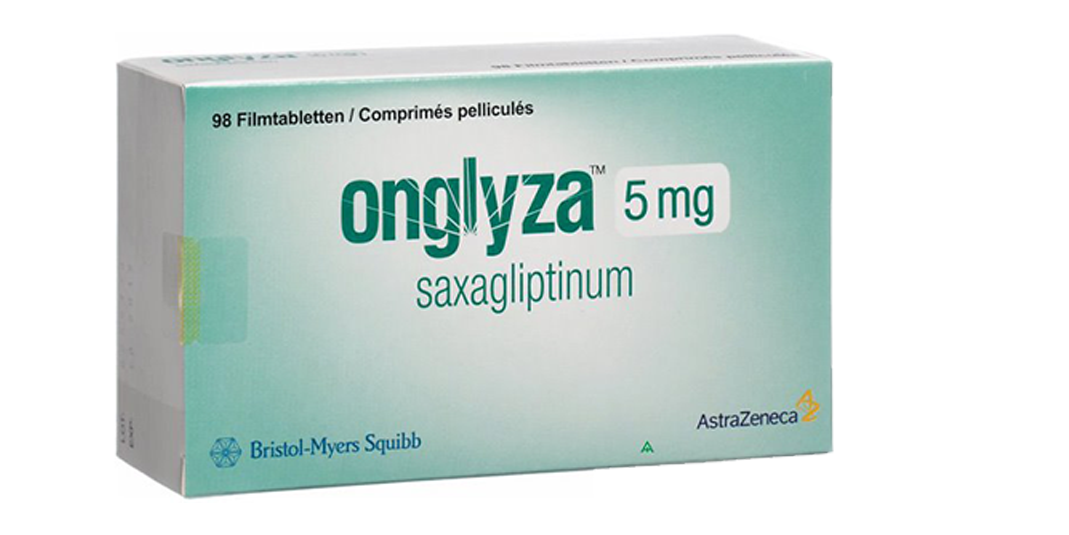Essure Product
Essure is a form of permanent birth control that was developed by Conceptus Inc. in 1998 and approved for the US by the FDA in 2002. It consists of a small metal coil resembling a spring, that is placed inside each fallopian tube. Once in place, the body surrounds the implant with scar tissue and creates a barrier so that sperm can not travel into the fallopian tubes and fertilize an egg.
This product was heavily marketed to primary practitioners and OB/GYNs, as well as their patients as a simple non-invasive form of female sterilization. It could be performed in a medical office setting or in an outpatient surgical center without the need for general anesthesia or any incisions. Essure was designed to be an alternative to tubal ligation because it was less expensive and far less invasive than the conventional surgical sterilization with a recovery time of 1-2 days (Essure, 2018).
Essure Timeline
From the time of the FDA approval, there have been clinical study requirements that were attached to the initial review and final approval of the product. This was due to the fact the initial study that was submitted to the FDA was rather short (2 years) and did not involve a large number of participants (745 women). The FDA stipulated that Conceptus would be required to conduct two post-approval studies. The first was to “gather five-year follow up information on the participants in the two premarket clinical trial patient cohorts” and the second consisted of evaluating the rates of bilateral placement by newly trained physicians (FDA, 2018).
2013- Bayer AG of Germany acquired Conceptus. In this same year, patient labeling of the Essure product was updated to include risks of chronic pain and device migration. This was due to increasing concerns among thousands of women that were experiencing severe side effects and surgical removal of the devices.
2014- Bayer sales reportedly topped out over $47 billion.
2016- The FDA required physician and patient labeling changes as well as the requirement of a Patient Decision Checklist (FDA, 2016). A box warning included information about patients having experienced numerous adverse events (persistent pain, perforations of the uterus and fallopian tubes, and migration of the coils into the pelvis or abdomen) and that surgical removal would be necessary to stop these. In the same year, the FDA announced that they were ordering Bayer to conduct post-market studies to determine the benefits and risks associated with the use of Essure.
2017- The European Union suspended the commercial license of Essure for a minimum of three months (Legal Reader, 2017). As a result of this action, authorities in France and Ukraine recalled the device and Bayer voluntarily recalled all implants in Canada, United Kingdom, Finland, and the Netherlands. The FDA also reported in this same year that they had received nearly 12,000 reports of adverse effects related to Essure (Reuters, 2018).
April 2018- The FDA update the physician and patient labeling again. This time, to include a restriction on the sale and distribution of Essure. This product would be restricted to only doctors and hospitals that reviewed the FDA-approved “Patient-Doctor Discussion Checklist – Acceptance of Risk and Informed Decision Acknowledgement” with their patients and got signed consent prior to implanting Essure devices (FDA, 2018). In a letter to Bayer, the FDA stated that they “determined that these restrictions on sale and distribution are necessary to provide reasonable assurance of the safety and effectiveness of the device” (FDA, 2018).
July 2018- The FDA issued a press release stating that the maker of Essure, Bayer, announced that they would halt sales of Essure in the US. The commissioner of the FDA stated that they had been notified by Bayer and “that the Essure permanent birth control device will no longer be sold or distributed after December 31, 2018” (FDA, 2018). Bayer stated that they would withdraw Essure from the US market. The reasoning was not due to safety concerns, but because of declining sales.
Essure Lawsuits
By the middle of 2018, more than 16,000 women had filed lawsuits against Bayer. These suits state that Bayer had knowledge that Essure was a defective product and did not provide proper warnings to those women that had the devices implanted, nor did they provide the necessary training for physicians. They also state that Bayer falsely made statements about the efficacy and safety of Essure in its marketing materials and on its website. Many of the cases include medical problems as stated by the FDA as well as complications ranging from migraines and hair loss to organ perforation from pieces of the device breaking off and unintended or dangerous pregnancies.
In 2018, there were nearly 37,000 women that chronicled their ordeal on the Facebook page Essure Problems, including the side effects and suffering that they attributed to Essure. Today, the site has over 42,000 members (Facebook, 2019).
In the same year, Netflix released “The Bleeding Edge” by Award-nominated filmmakers Kirby Dick and Amy Ziering. The documentary features women who have had a host of debilitating complications as a result of having a “non-invasive” and “medically approved” device implanted in their fallopian tubes to prevent future pregnancy. This film goes on the explain how the medical device industry has released products such as Essure with no concern for the consumers and has driven profits without proper research (Netflix, 2018).
During the ten years that Essure was marketed and sold in the US, almost 750,000 were implanted with this device (Time, 2018). This medical manufacturing giant currently has a group of 16 cases filed in the U.S. District Court for Eastern Pennsylvania and lawsuit filings are underway in California, Illinois, and Missouri. Many more are expected in the months ahead.
To date, Bayer denies any safety issues associated with Essure and sites that research conducted for nearly two decades confirms Essure’s favorable safety profile. In an interview in 2018, Christopher Loder, a company spokesperson for Bayer, went on to say that even the FDA continues to support the fact that “Essure’s benefits outweigh any potential risks” (Bloomberg, 2018).
References:
http://www.essure.com/what-is-essure
https://www.legalreader.com/essure-loses-commercial-license-in-european-union/
https://medicalxpress.com/news/2017-08-eu-sale-contraceptive-implant.html
https://www.fda.gov/NewsEvents/Newsroom/PressAnnouncements/ucm604098.htm
https://www.accessdata.fda.gov/cdrh_docs/pdf2/P020014S051A.pdf
https://www.fda.gov/NewsEvents/Newsroom/PressAnnouncements/ucm614123.htm

Tracy R Everhart, MSN, MS CAM
For more than 20 years I've had the opportunity to work in numerous rolls within the medical field, including the last 7 years as a professional medical writer. With an undergraduate degree in biology/microbiology, postgraduate education in allopathic and complementary alternative medicine, my education has afforded me career opportunities with direct patient care, medical research and clinical oversight of statewide projects to improve the health of patients of all ages. I have a broad and deep knowledge of illnesses and conditions that can affect the human body. Even more important is that I have learned traditional treatment methodologies combined with alternative forms, to make the most informed decision about options that may be available.
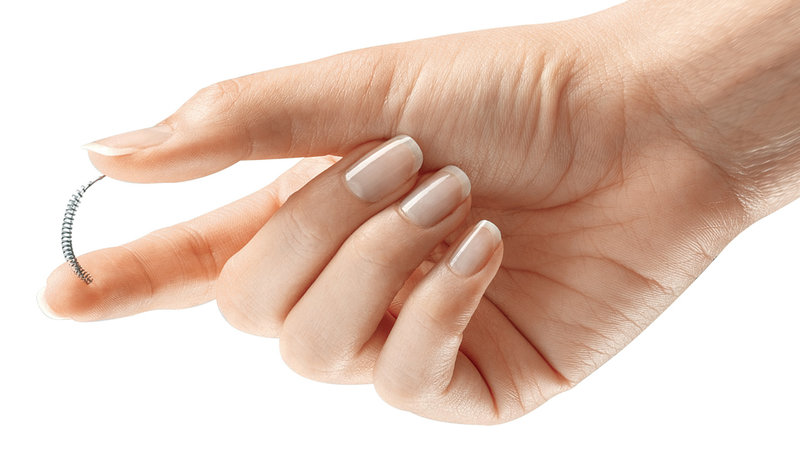
Get A Free Essure Case Review
If you or a loved one are one of the thousands of people who experienced complications after receiving an Essure birth control implant, you may be eligible for compensation.



